How Long Does Flea Medication Take to Work? Updated 2025 Tips
If your dog or cat is constantly scratching, biting at their skin, or losing hair due to irritation, fleas may be the culprit. Many pet parents wonder how long does flea medication take to work and when they will see results. Modern veterinary-approved flea treatments start working within hours, but full protection often requires a combination of consistent medication and proper home care. This article explains how long for flea medication to work, the differences between oral, topical, and collar treatments, and how to support your pet’s recovery with effective prevention strategies.
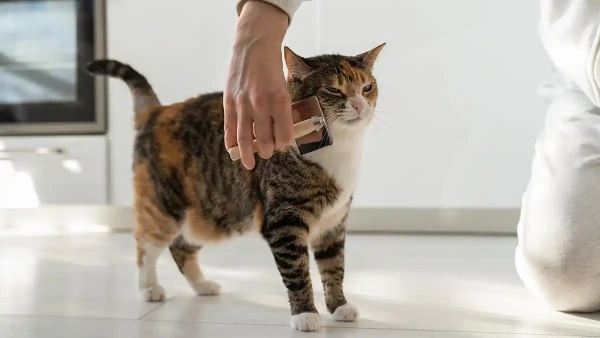
How Flea and Tick Medication Works
Visible Signs of Effectiveness
When you give your pet a treatment, you may start to notice reduced scratching and fewer bites within the first day. Flea medication often begins killing adult fleas in 4–24 hours. However, the complete cycle of fleas—eggs, larvae, pupae, and adults—means that it can take days or even weeks before your pet is completely free of pests. Owners usually see:
Less scratching and biting
Improved skin condition with reduced redness
Visible decline in flea presence
Improved appetite and energy
How Long Does It Take Flea Medication to Work?
On average, oral medications can start killing fleas within 2–4 hours, while topical solutions take 12–24 hours. Flea collars are slower and often require 24–48 hours to provide full coverage. Knowing how long does it take for flea medication to work helps pet owners set realistic expectations. Severe infestations may require multiple applications and strict environmental cleaning.

Types of Flea Medications
Oral Flea and Tick Preventatives
Oral flea medications, such as isoxazoline-based tablets, are the fastest. They begin working within hours and remain effective for up to one month. Benefits include resistance to washing off during baths or swimming and protection against both fleas and ticks. For dogs with sensitive skin, oral medication is often the most convenient solution. If your pet also suffers from allergies, oral treatments may help reduce secondary skin irritation.
Topical Flea and Tick Treatments
Topical “spot-on” treatments are applied directly to the skin, usually between the shoulder blades. They typically take 12–24 hours to spread through skin oils and begin killing fleas. Pet owners should avoid bathing their dogs or cats for at least 48 hours after application. Popular ingredients include imidacloprid and fipronil. While effective, misuse or frequent bathing can reduce efficacy, so consistent application is critical.
Flea and Tick Collars
Collars are slower but offer long-term protection, often lasting 6–8 months. They can be a good option for households where monthly administration is difficult. However, only high-quality, veterinary-recommended collars should be used to avoid ineffective or potentially harmful alternatives. Owners must monitor pets closely, as some animals may develop mild skin irritation from collar use.

Managing the Home Environment
Why Cleaning Is Essential
Flea medication only treats the pet. To fully break the flea lifecycle, you must also clean your home. Flea eggs can survive in carpets, bedding, and upholstery. Without treatment, they can hatch and reinfest your dog or cat within days. Steps include:
Washing pet bedding and blankets in hot water
Vacuuming carpets, sofas, and corners frequently
Using veterinarian-approved sprays to eliminate flea eggs and larvae
Combining medication with cleaning is essential for preventing reinfection and protecting your pet’s health.
Special Health Concerns
Flea Allergy Dermatitis
Some pets are extremely sensitive to flea bites. Even a single bite can trigger severe itching, redness, and secondary skin infections. Known as flea allergy dermatitis, this condition often requires not only flea control but also additional anti-itch or anti-inflammatory therapy prescribed by your veterinarian.
Flea-Related Anemia
Severe infestations can lead to anemia, especially in puppies, kittens, or small-breed dogs. Signs include pale gums, weakness, and weight loss. If your pet shows these symptoms, immediate veterinary care is necessary. Home treatments alone will not be enough to resolve anemia.
Do Flea Medications Kill Eggs?
Most flea medications target adult fleas, not eggs. That means even if the visible fleas are gone, new fleas may emerge if the home environment is not treated. For best results, pair your dog’s treatment with deep cleaning and the use of environmental sprays that interrupt the flea life cycle.
How Often to Use Flea Medication
Most oral and topical flea treatments are given once a month, while flea collars can last 6–8 months. Never adjust the dosage without veterinary guidance. Overuse can lead to toxicity, while underuse allows fleas to persist. Always follow brand instructions and your vet’s advice to ensure safety and effectiveness.
Troubleshooting Flea Medication
When Flea Medication Doesn’t Seem to Work
If you do not see improvement, consider the following issues:
Was the product genuine and purchased from a trusted source?
Was the dosage correct for your pet’s weight?
Was your home environment thoroughly cleaned?
Could fleas in your region be resistant to the active ingredient?
In some cases, switching to a different type of flea medication under veterinary guidance is the best solution.
Everything Our Vets Recommend
How Long Does Flea Medication Take to Work FAQs
How long for flea medication to work?
Oral medications usually start working within 2–4 hours, while topical treatments may take 12–24 hours. Flea collars often need 24–48 hours to become fully effective.
How long does it take flea medication to work completely?
It can take several days to weeks to fully eliminate fleas, depending on the severity of the infestation and how well the home environment is treated. The flea life cycle must be broken to prevent reinfestation.
Can I bathe my dog after giving flea medication?
Oral medications are not affected by bathing or swimming. However, pets receiving topical treatments should avoid water for at least 48 hours to allow the product to absorb properly.
Final Thoughts
Understanding how long does flea medication take to work helps set realistic expectations for pet owners. Oral medications act quickly, topical treatments provide steady protection, and collars offer long-lasting convenience. To fully protect your dog or cat, combine proper medication with consistent home cleaning. With the right approach, you can keep fleas away and ensure your furry friend stays happy, comfortable, and healthy.
You May Like:
- How to Get Rid of Fleas on Cats Fast? Owners Miss This
- How Do You Know if a Cat Has Fleas in 2025: Vet Insights
- How to Kill Fleas on Cats Fast: Updated 2025 Care Guide
- Best Chewable Flea and Tick for Cats: Hidden Risks to Know
User Comments
Does flea treatment kill ear mites too?
Can dogs take human probiotics?
Can dogs have people probiotics safely?
Related Articles
View all
How Often Flea Treatment Cat? Most Owners Get This Wrong

How to Apply Flea Medicine on Cats: Beginner’s Guide
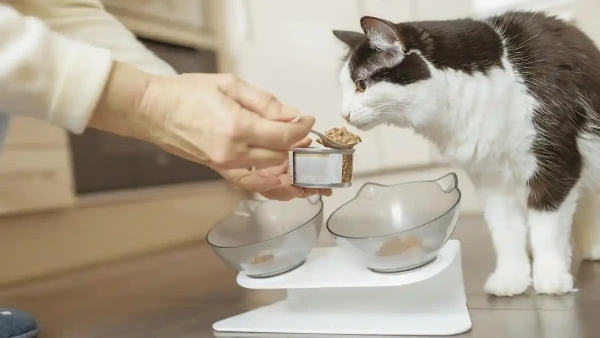
Best Cat Flea Spray for Cats in 2025: Vet Approved

Where to Put Flea Treatment on Cat: Updated 2025 Guide

How Often Flea Treatment Cat? Most Owners Get This Wrong

How to Apply Flea Medicine on Cats: Beginner’s Guide

Best Cat Flea Spray for Cats in 2025: Vet Approved

Where to Put Flea Treatment on Cat: Updated 2025 Guide
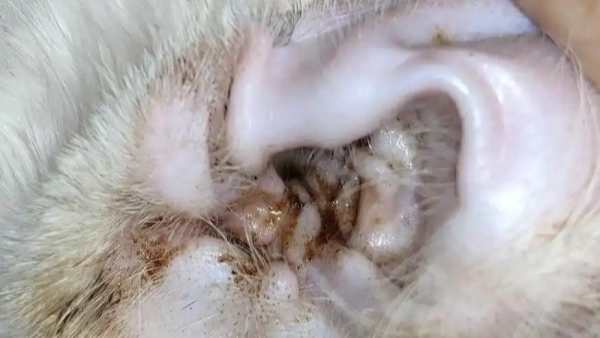
Best Flea and Ear Mite Treatment for Cats (2025 Review)

Safest Flea Prevention for Cats: A Complete 2025 Owner’s Guide

Flea Spray for Kittens: Best Options and Vet Advice 2025

Fleas on Newborn Kittens: Complete Treatment and Prevention


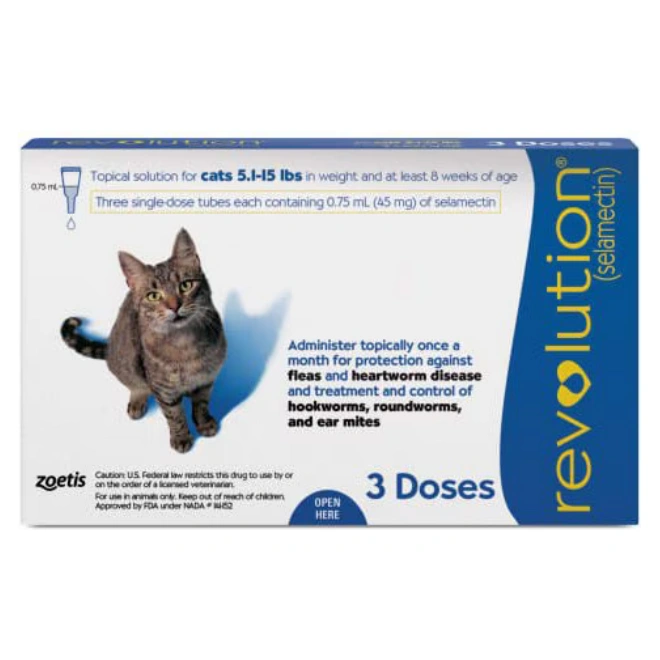
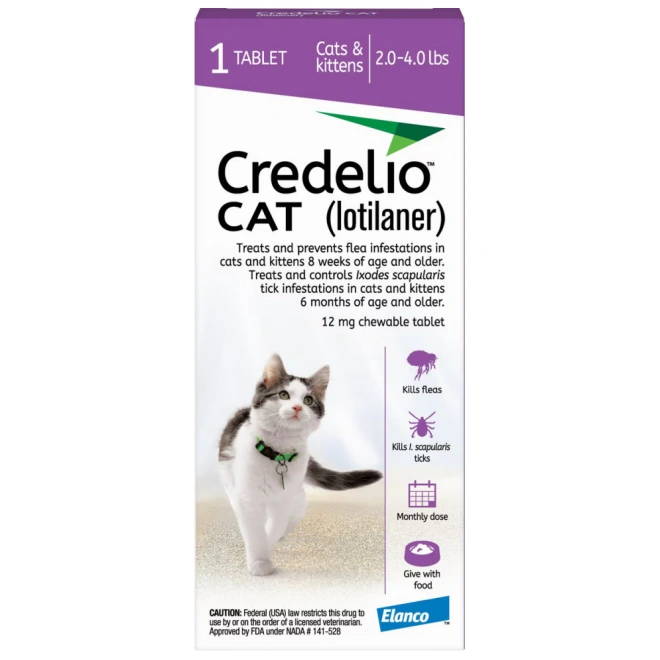
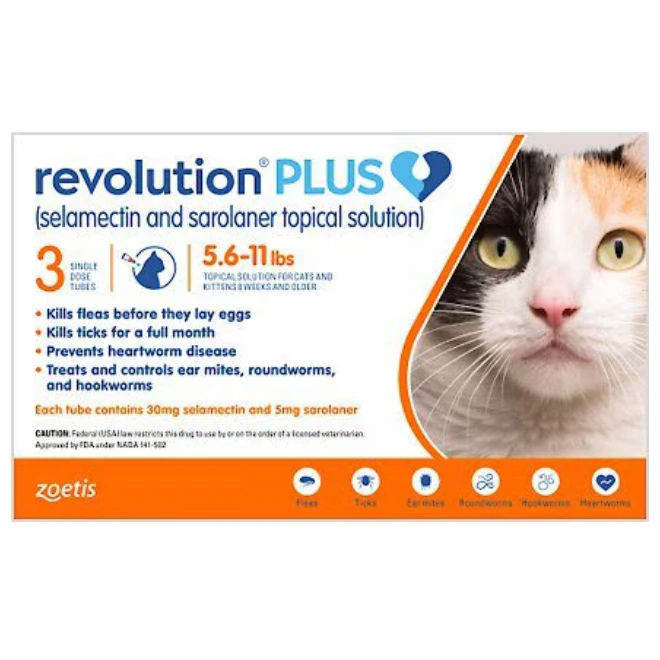
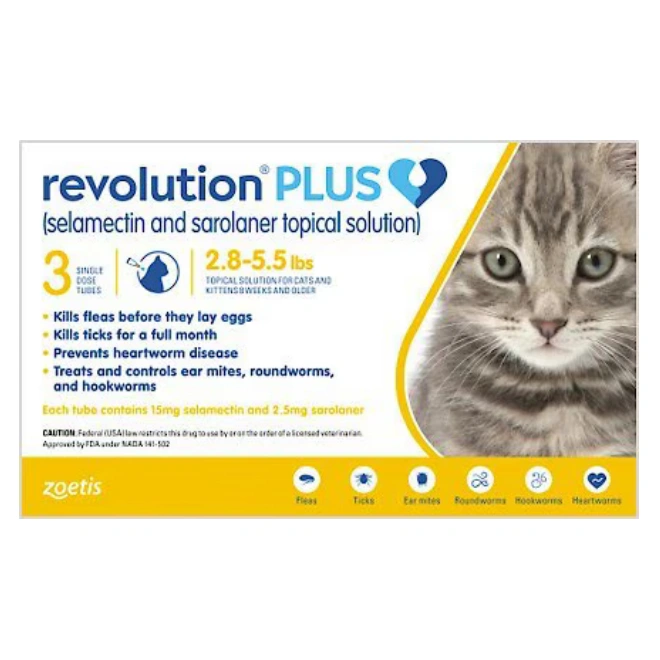








Leave a Reply